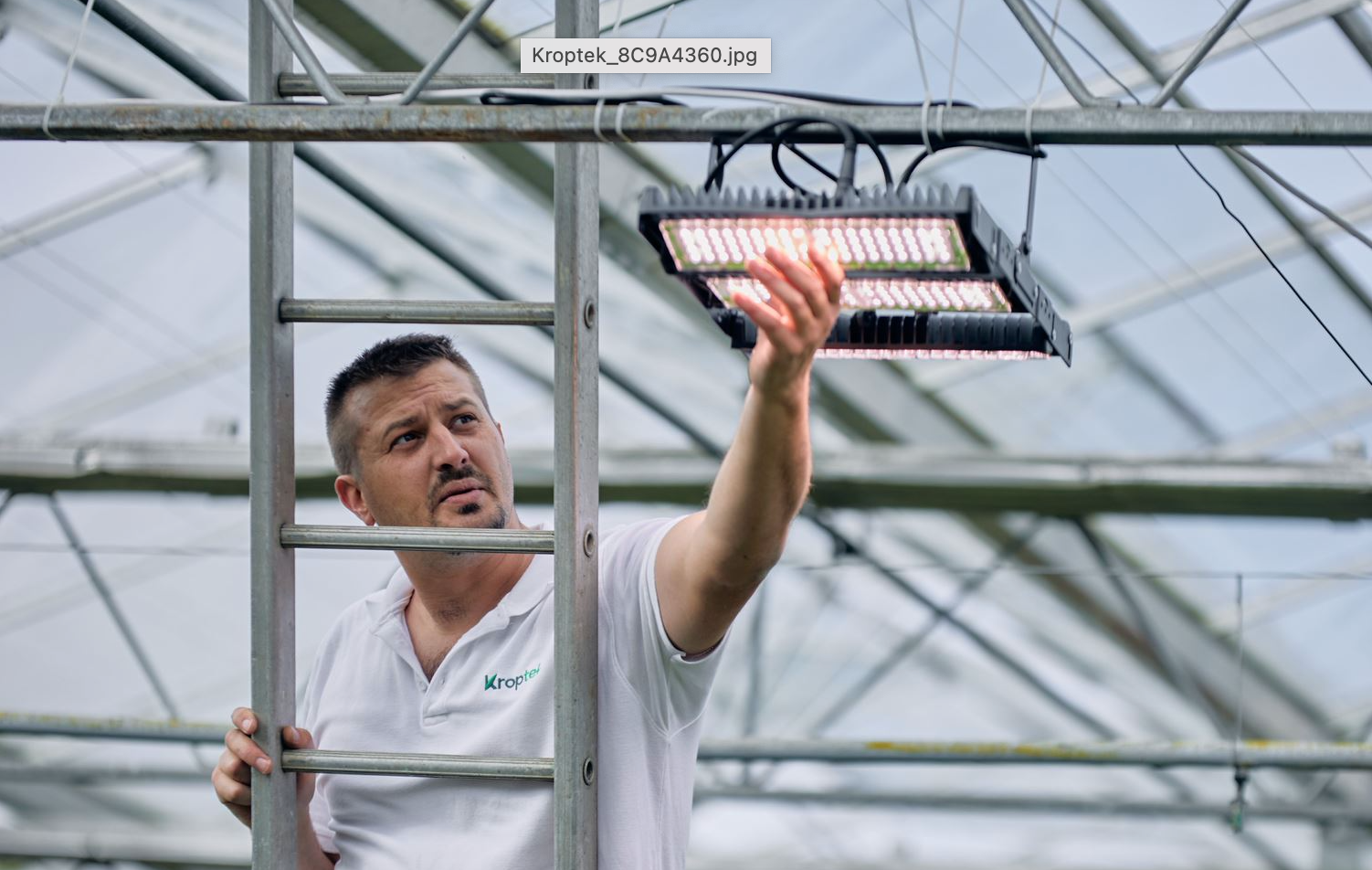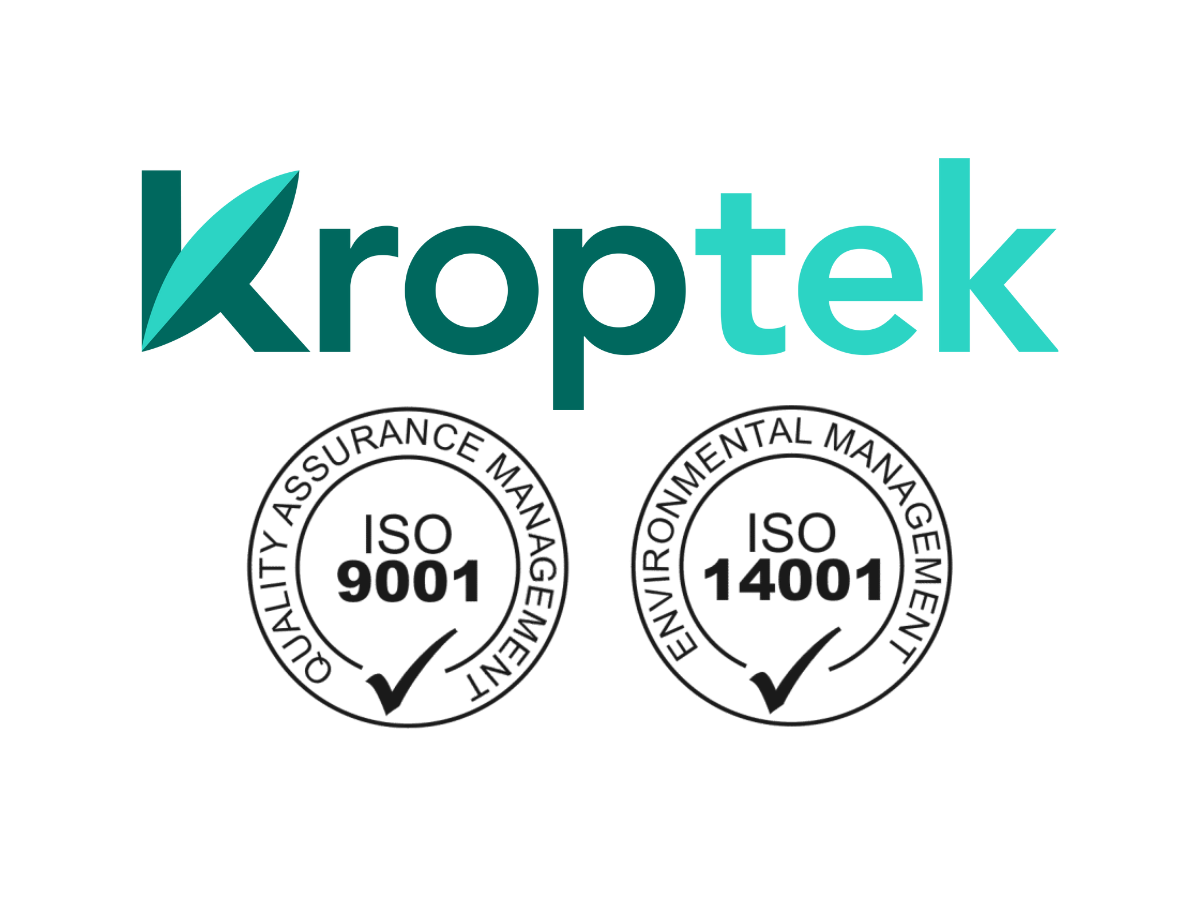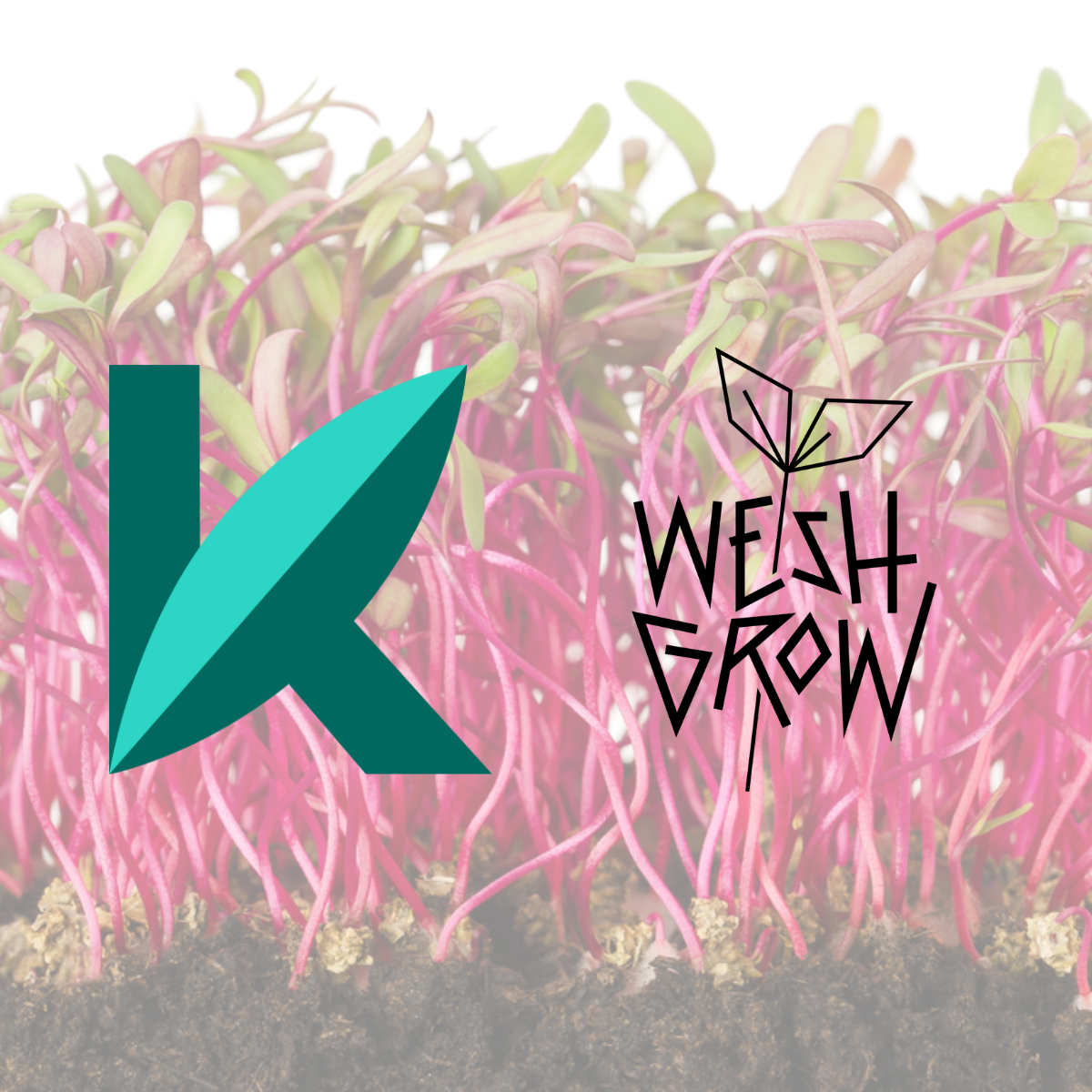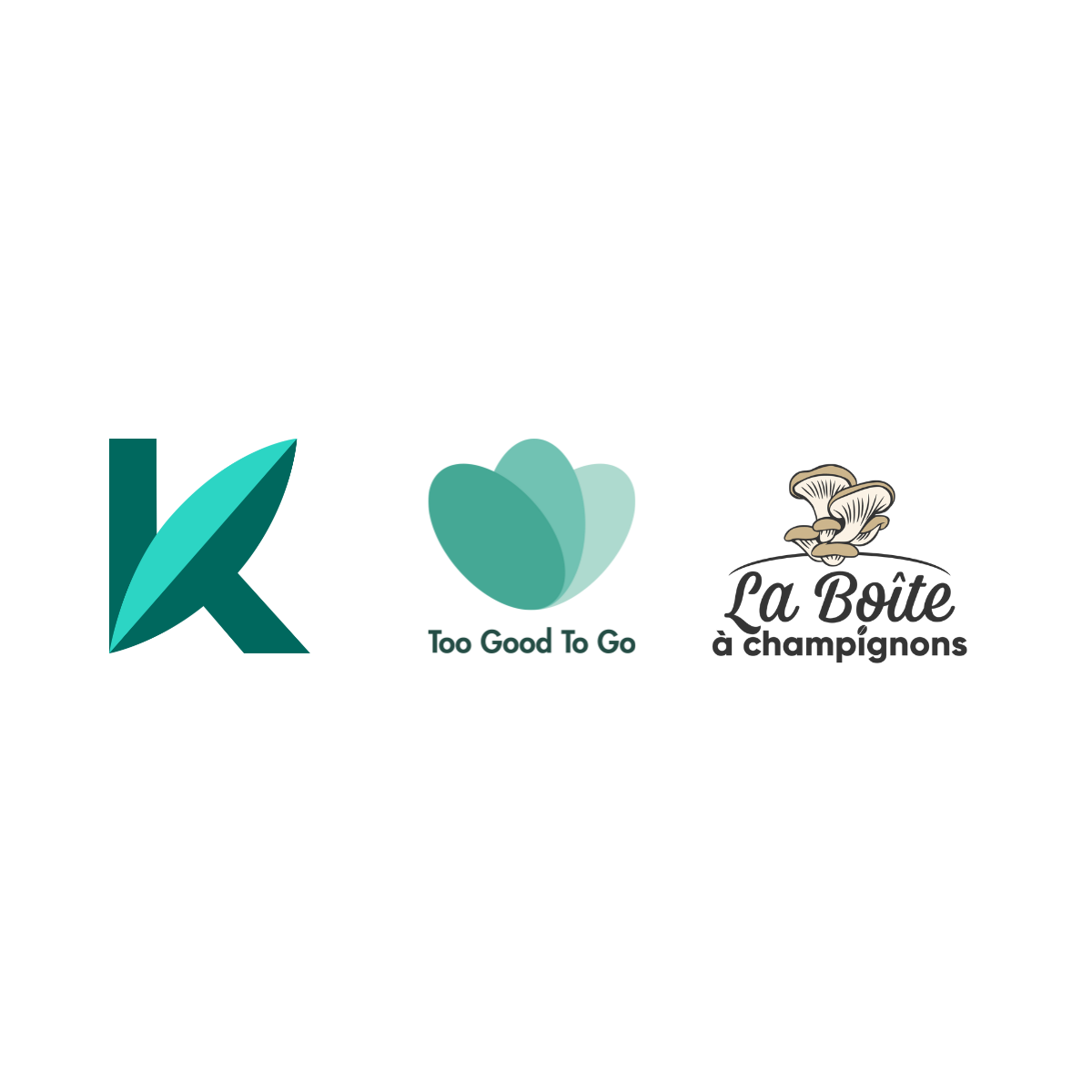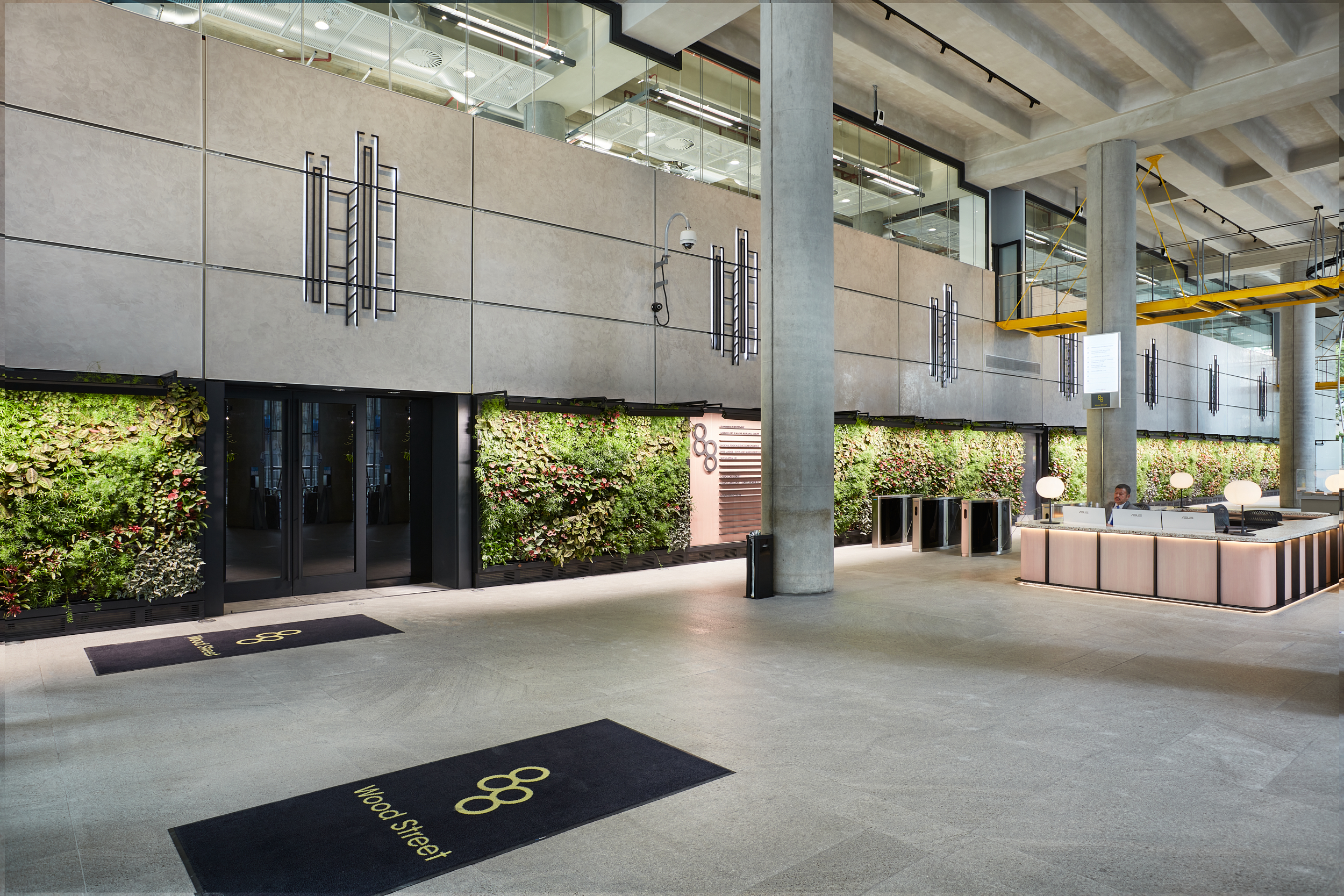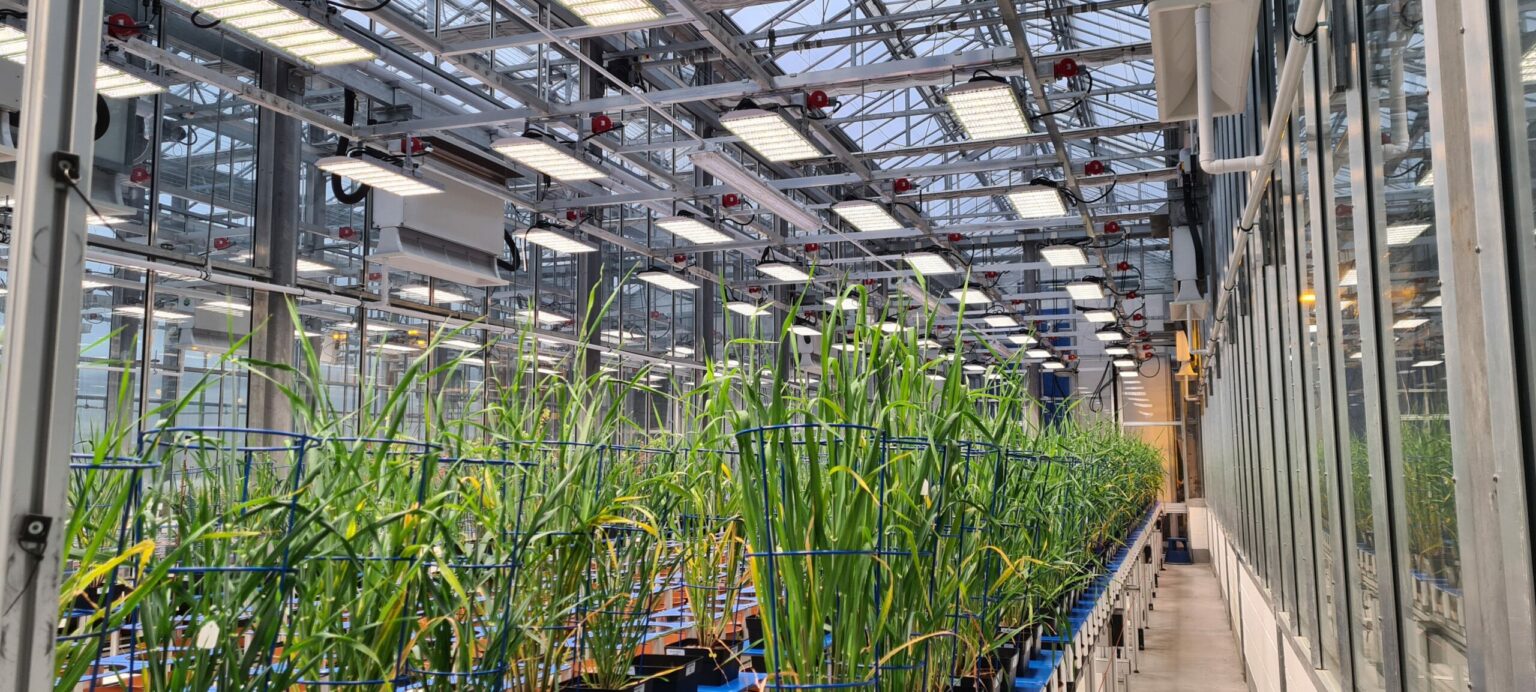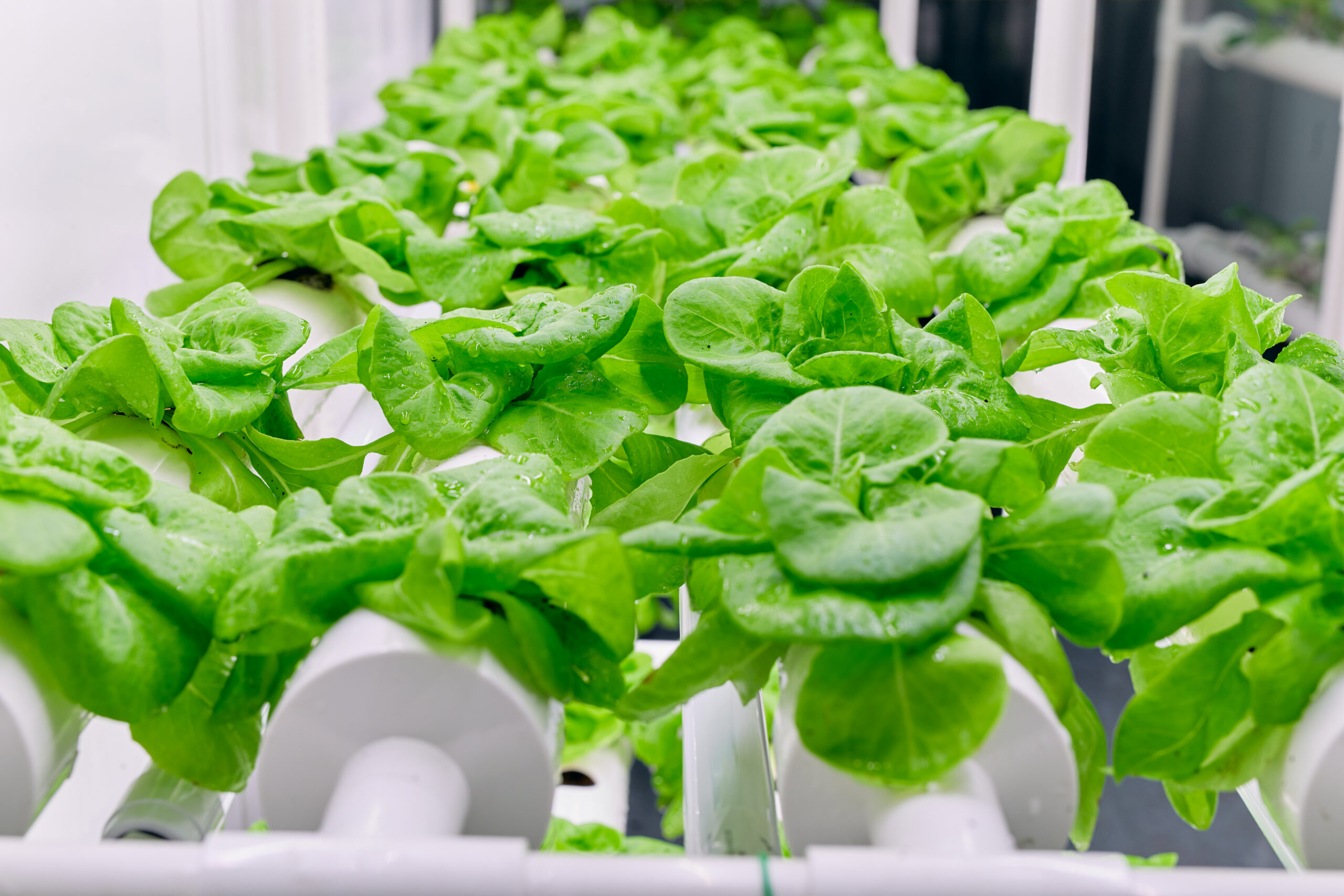We sit down with Peter Lennox, Project Manager at Kroptek for a discussion on scaling Controlled Environment Agriculture projects and the journey that led him to Kroptek.
Kroptek Blog Posts
In this article, we explore the evolving relationship between organic farming and vertical farming.
Kroptek is preparing for its next phase of growth. Find out what this means for Kroptek and its Clients…
Kroptek is pleased to announce that it has been awarded ISO 9001 and ISO 14001 certifications from the International Organization for Standardization (ISO) for its LED and CEA solutions manufacturing facility…
Wesh Grow is the latest in Kroptek’s network that spans the Atlantic, from New Brunswick to Paris, that cuts food miles, boosts local economies, and delivers gourmet produce to consumers and high-end restaurants….
Our urban mushroom farm, La Boite a Champignons (LBAC), has signed up to Too Good To Go (TGTG) to further cut food waste and fulfill their zero waste mission by redistributing any surplus oyster mushrooms from their farm directly to consumers at a reduced price…
After working on a number of high-profile living wall projects, we recognised that existing LED lighting features were falling short when it came to delivering the lush living walls promised.
After gathering feedback from a number of clients, Kroptek presents our new tailor-made living wall light fixture.
From strawberries to food waste management, Kroptek engages in several high-profile research ventures across a number of projects and countries…
Despite what some sales material may suggest, PPE is not the only specification a client should look for in a light fixture. There are several other aspects that play a critical role in the success of a horticulture lighting project, one of which is how the spectrum plays a significant part in determining flavour profiles as is now widely documented.

